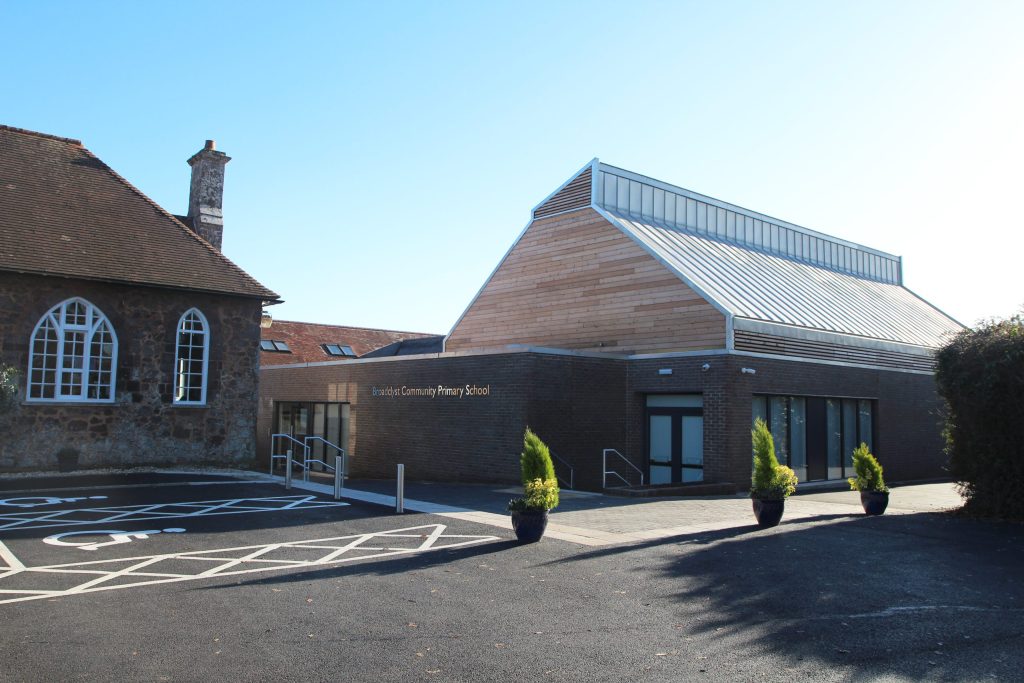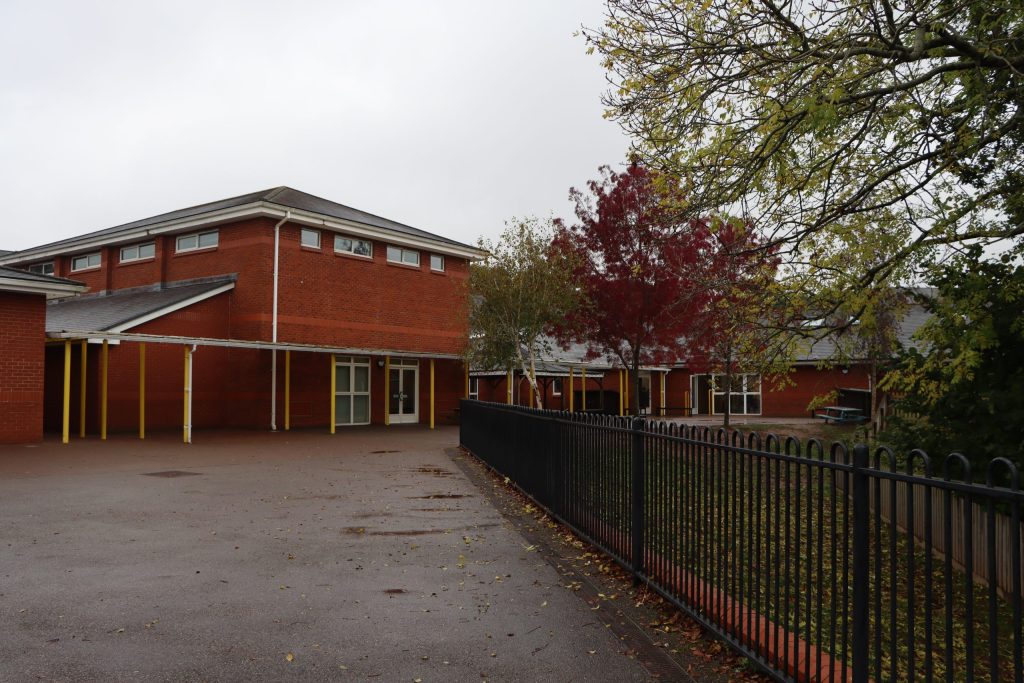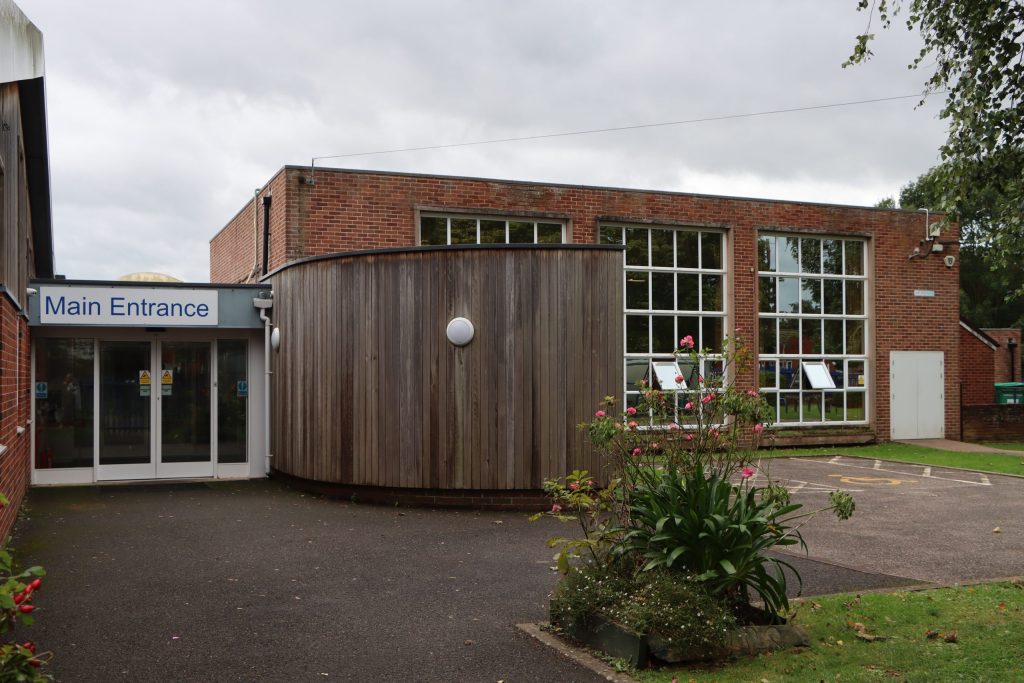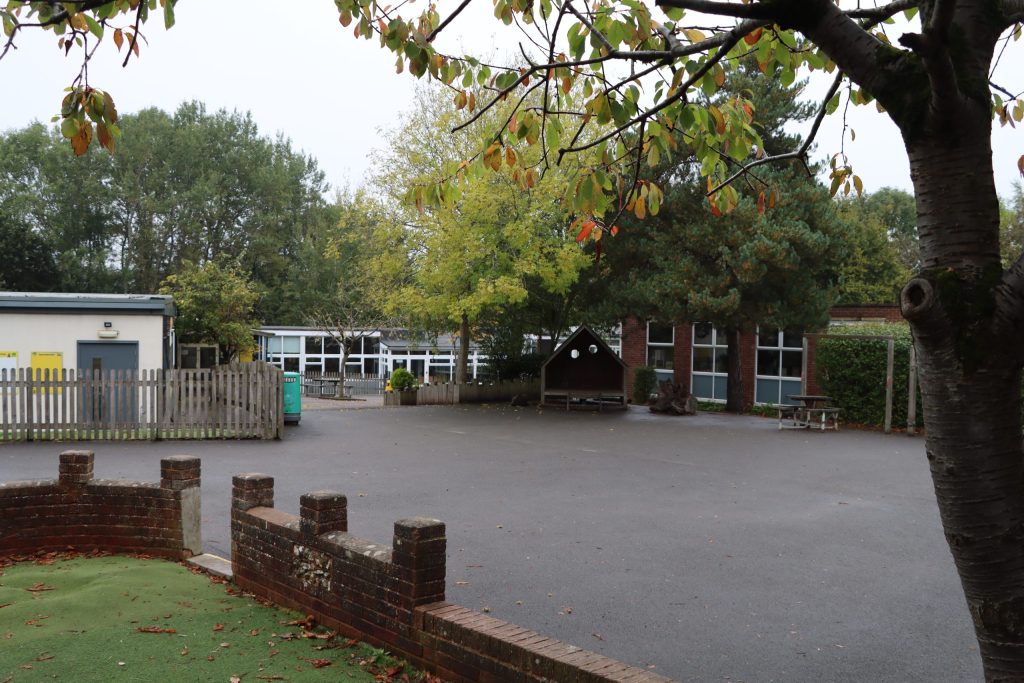Online Safety
How does online safety fit into the curriculum?
While online safety is not a standalone school subject, it is an integral part of the primary national curriculum within the subject of Computing. It is taught each week in school, both as a lesson on its own but also whenever relevant events happen that make it purposeful to talk about.
Online Safety in School
Online safety and the national curriculum. Information about lessons and resources used.
Our annual parent evening about online safety: watch the recording or any part of it.
Hear from our school nurse discussing online behaviour, screen time, healthy habits.
Watch some of the videos that teachers use in each year group to bring online safety to life.
Online Safety at Home
Ideas to support your child at home.
Useful guidance about devices, screens, games, setting boundaries.
Gaming and console related advice and tips.
–
Here are the key objectives for each stage:
- Key Stage
1 (KS1) Objectives:- Understand what personal information is and why it is important to keep it private.
- Recognize common uses of information technology beyond school.
- Use technology safely and respectfully, keeping personal information private.
- Identify where to go for help and support when they have concerns about content or contact on the internet or other online technologies.
- Key Stage
2 (KS2) Objectives:- Use technology safely, respectfully, and responsibly.
- Recognize acceptable and unacceptable behaviour.
- Identify a range of ways to report concerns about content and contact.
- Understand the importance of protecting personal information and the implications of sharing it online.
What do we teach in school?
To meet these objectives, we utilise several comprehensive resources and schemes of work:
- Teach Computing Scheme of Work: This scheme provides a structured approach to teaching computing, including online safety. It ensures that children receive consistent and age-appropriate lessons on how to stay safe online. Find out more on their website.
- South West Grid for Learning’s ‘Project Evolve’: This scheme of work offers a wealth of resources and activities designed to help children understand and manage the risks associated with online activities. It covers various aspects of online safety, from understanding digital footprints to recognizing and dealing with cyberbullying. Find out more on their website.
- ‘ThinkUKnow’ Resources from CEOP: Developed by the Child Exploitation and Online Protection Command (CEOP), these resources are specifically designed to educate children
about online safety. They include engaging videos, games, and activities that teach children how to stay safe online and what to do if they encounter any problems. Find out more on their website.
- Microsoft Teams, OneNote and the M365 suite of programmes.










